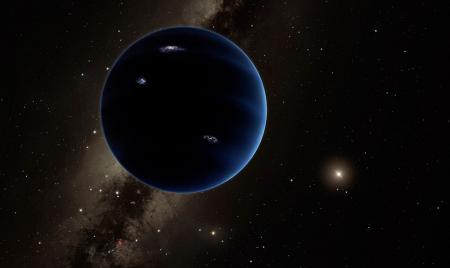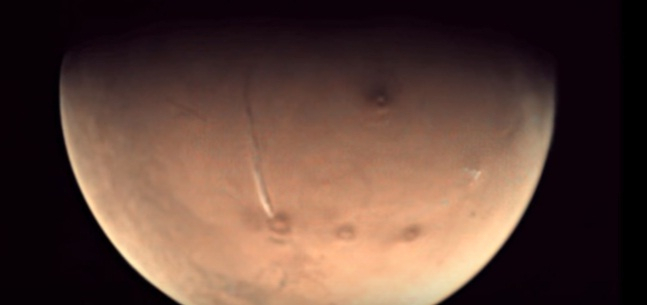Decades after the launch of the Voyager 2 spacecraft, scientists from NASA were able to uncover surprising new information about the mission's target planet, Uranus. According to the scientists, the mission revealed that the planet's atmosphere is leaking.
The Voyager 2 mission was officially launched by NASA in 1977 with the objecting of studying outer planets within the Solar System. One of the planets that was studied by Voyager 2 was Uranus, which was visited by the planet in 1986.
Voyager 2's Surprising Discovery About Uranus

Decades after the mission on Uranus, scientists from NASA re-inspected the data collected by the Voyager 2 spacecraft. As they were going through its mission files, the scientists learned that the spacecraft flew across a plasmoid during its visit to Uranus.
Plasmoids are giant bubbles of plasma or electrified gas that can affect a planet's magnetic field. In the case of Uranus, the scientists discovered that the plasmoid is siphoning the planet's atmosphere away.
"In situ measurements of Uranus' magnetosphere from the Voyager 2 flyby in 1986 provide the only direct evidence of magnetospheric transport processes responsible for this atmospheric escape at Uranus," the scientists wrote in a study published in the Geophysical Research Letters. "Analysis of high‐resolution Voyager 2 magnetic field data in Uranus' magnetotail reveals the presence of a loop‐like plasmoid filled with planetary plasma traveling away from the planet."
Ending Up Like Mars

According to the scientists, a leaking atmosphere is not a rare occurrence in space. Other planets within the Solar System such as Saturn, Jupiter and Venus have displayed signs of leaking atmosphere through the emissions of electrically charged particles. Earth also has a leaking atmosphere. But, the scientists noted that it would take a billion years before the planet's atmosphere gets completely depleted.
Although it would take a very long time for an atmosphere to disappear, its absence would have a significant impact on a planet's habitability. One example of a planet that lost its atmosphere is Mars. "Mars used to be a wet planet with a thick atmosphere," NASA scientist Gina DiBraccio, the co-author of the study, said in a statement. "It evolved over time to become the dry planet we see today."









